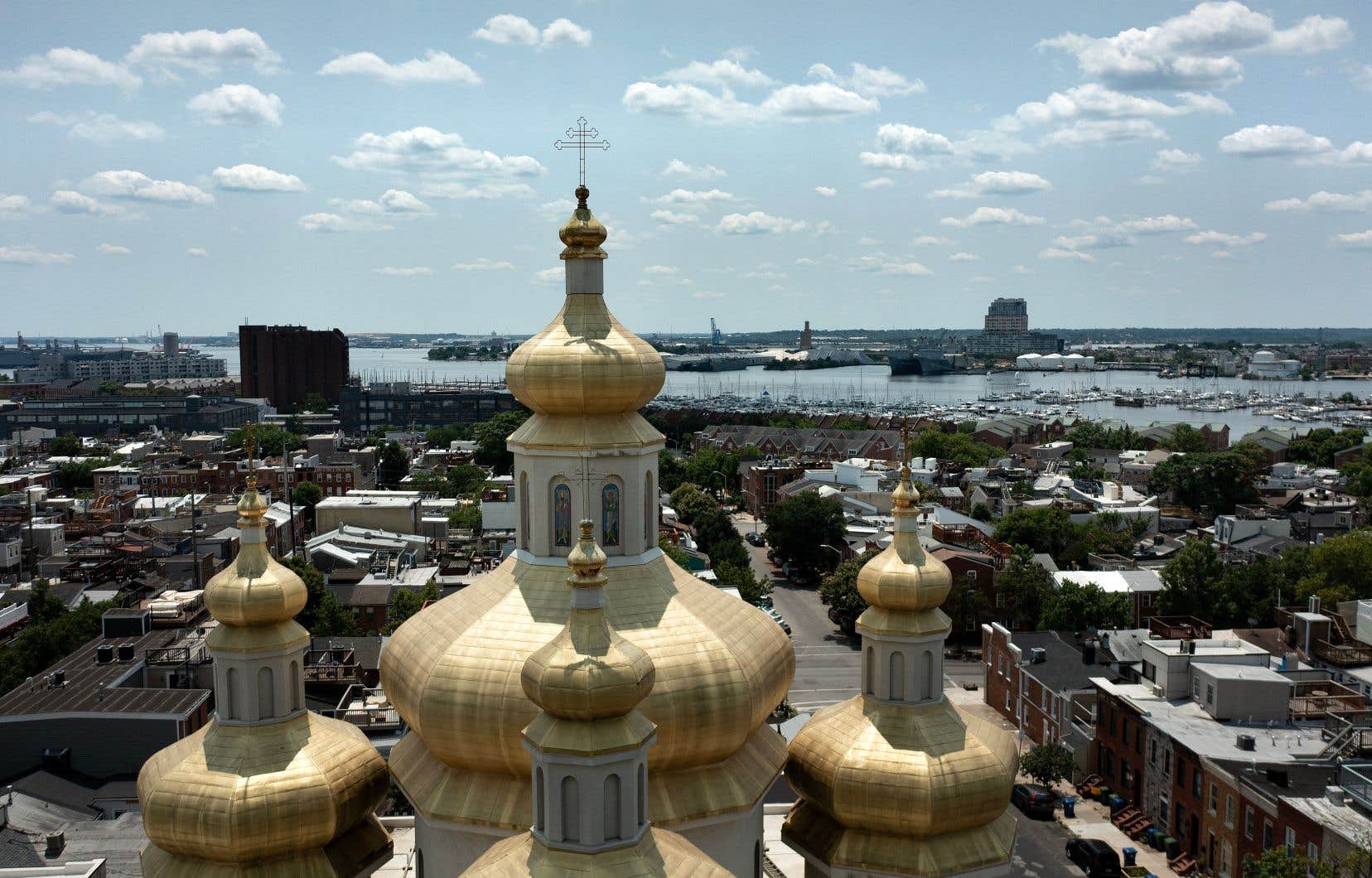The Francis Scott Key Bridge in Baltimore, crossed by 34,000 vehicles every day, collapsed in a matter of seconds on Tuesday, bringing to a halt one of the ports in the United States busiest with gigantic container ships.
This bridge, named after the poet who wrote the words to the American national anthem, collapsed in the middle of the night, seconds after being hit by a container ship.
Maritime transport to and from the port of Baltimore has subsequently been suspended until further notice, which risks causing significant economic damage.
“The Francis Scott Key Bridge is a critical transportation artery for our state. Its extended closure will inevitably disrupt business operations and supply chains,” the Maryland Chamber of Commerce said in a statement.
The Port of Baltimore is indeed a major port on the East Coast of the United States.
In 2023, it was the gateway to the country for more than 52 million tons of foreign goods, worth more than $80 billion, according to a recent release from the office of Maryland Governor Wes Moore.
Baltimore has been, for 13 years, the American port through which the most new cars pass, more than 800,000 last year. Whether they are vehicles manufactured in the United States and exported internationally, or, conversely, foreign vehicles imported into the United States.
It is also the main entry point for imports of sugar and gypsum — the mineral used to make plaster. And ranks second in coal exports.
1 million containers
The port of Baltimore, which had been created in the 17the century to export tobacco to England, now ranks ninth in the United States in terms of foreign goods handled and value of foreign goods.
“With the expansion of the Panama Canal in 2016, to allow larger ships to pass […]Baltimore and other Atlantic coastal ports can now receive the largest container ships,” details the State of Maryland website.
This allows these gigantic ships, loaded with goods and mainly from Asia, to reach this side of the United States.
In 2023, 1.1 million containers, or, in maritime transport jargon, TEUs (twenty-foot equivalent units, the sector’s reference unit), were loaded and unloaded there.
The goods, once unloaded in Baltimore, are then only one night by train or truck from a third of the American population.
Several cruise lines also offer departures from Baltimore, or stop there.
Thus, more than 15,000 jobs depend directly on the Port of Baltimore, and, indirectly, nearly 140,000 additional jobs.
Yet large bridges over shipping lanes like this are supposed to be designed to minimize damage in the event of a collision, according to engineer and bridge designer Robert Benaim of the Royal Academy of Engineering.
“It is clear that the protection of the pillars in this case was inadequate. A bridge pier or column will never be able to withstand the impact of a large ship. They must be protected from any collision,” he added.
“It is evident that the pillar was unable to withstand the energy of the impact, leading to its failure and subsequent collapse of the steel structure and reinforced concrete deck,” said Toby Mottram , professor of structural engineering at the University of Warwick.
“The extent of the damage caused to the bridge superstructure seems disproportionate to the cause,” he also noted.
